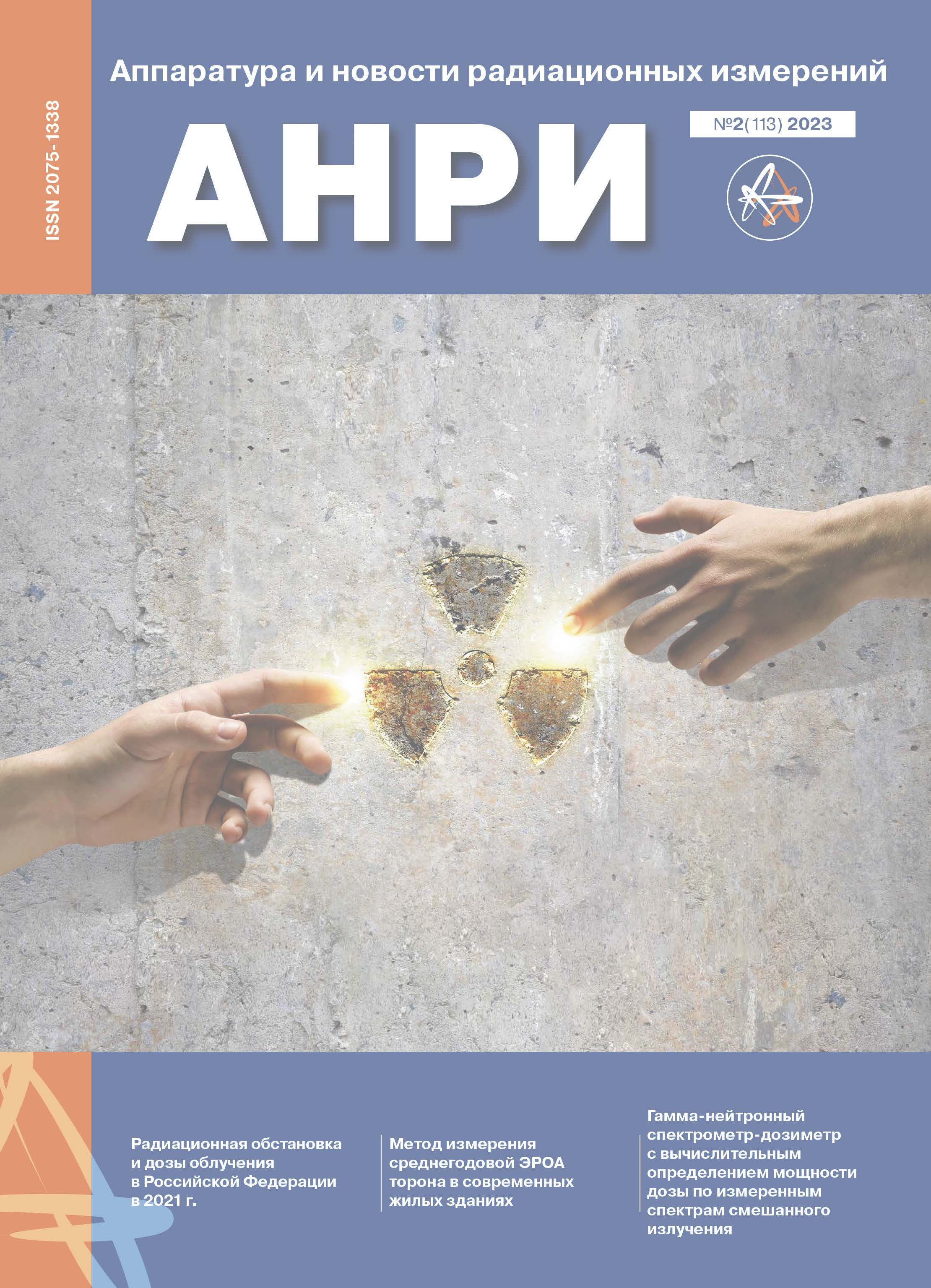Sanitary and hygienic assessments of working conditions according to the levels of harmful factors in the working environment require the determination of the exposure dose. As a rule, it is determined by indirect measurements - special calculation methods are needed based on the results of a series of successive measurements. The ability to apply regular, rigidly defined techniques is limited to permanent jobs with stably repetitive exposure. In general cases of nonpermanent workplaces with unstable exposure regimes, continuous measurements are required during the working day, which, as a rule, turns out to be unnecessarily difficult for practical reasons. The paper discusses a method for determining exposure doses for real conditions, when workers randomly move between different production sites, and sources of harmful factors turn on at random times and act with random intensity. It is proposed to consider the movements of workers as a sequence of Bernoulli tests with probabilistic exposure. It is found that the resulting probability distribution is given by the binomial law. In addition to average dose values, the probabilistic approach makes it possible to estimate measurement uncertainties of types A and B. The reliability of the results is checked by comparing the difference between the average value of the measurement results and the standard deviation. Measurement results can be trusted if the first is less than the second.
working conditions, harmful factors, statistical estimates, measurement uncertainty
1. Federal'nyy zakon RF «O special'noy ocenke usloviy truda» ot 28.12.2013 № 426-FZ. URL: https://sudact.ru/law/federalnyi-zakon-ot-28122013-n-426-fz-o/ (data obrascheniya: 28.12.2022).
2. Fedorovich G.V. Zavisimost' doza-effekt v gigiene truda (risk-orientirovannyy podhod). Saarbruken (Deutschland): Palmarium Academic Publishing, 2017, 200 c. DOI: 978-620-2-38060-7. URL: https://www.morebooks.de/shop-ui/shop/product/978-620-2-38060-7 (data obrascheniya: 17.08.2021).
3. Prikaz Minzdravsocrazvitiya RF ot 09.09.2011. № 1034n. Perechen' izmereniy, otnosyaschihsya k sfere gosudarstvennogo regulirovaniya obespecheniya edinstva izmereniy i proizvodimyh pri vypolnenii rabot po obespecheniyu bezopasnyh usloviy i ohrany truda, v tom chisle na opasnyh proizvodstvennyh ob'ektah. Prilozhenie №1.
4. Ioniziruyuschee izluchenie, radiacionnaya bezopasnost'. Organizaciya i provedenie individual'nogo dozimetricheskogo kontrolya. Metodicheskie ukazaniya MU 2.6.1.3015-12. Federal'naya sluzhba po nadzoru v sfere zaschity prav potrebiteley i blagopoluchiya cheloveka. M., 2012.
5. Prikaz Mintruda RF ot 24.01.2014. № 33n. Ob utverzhdenii metodiki provedeniya special'noy ocenki usloviy truda, klassifikatora vrednyh i (ili) opasnyh proizvodstvennyh faktorov, formy otcheta o provedenii special'noy ocenki usloviy truda i instrukcii po ee zapolneniyu. M., 2014.
6. GOST R 56906-2016. Organizaciya rabochego prostranstva. M.: Standartinform, 2017.
7. Prikaz Mintruda RF ot 29.10.2021. № 774n. Ob utverzhdenii obschih trebovaniy k organizacii bezopasnogo rabochego mesta. M., 2021.
8. Kramer G. Matematicheskie metody statistiki. M.: Mir, 1975. 648 s.








